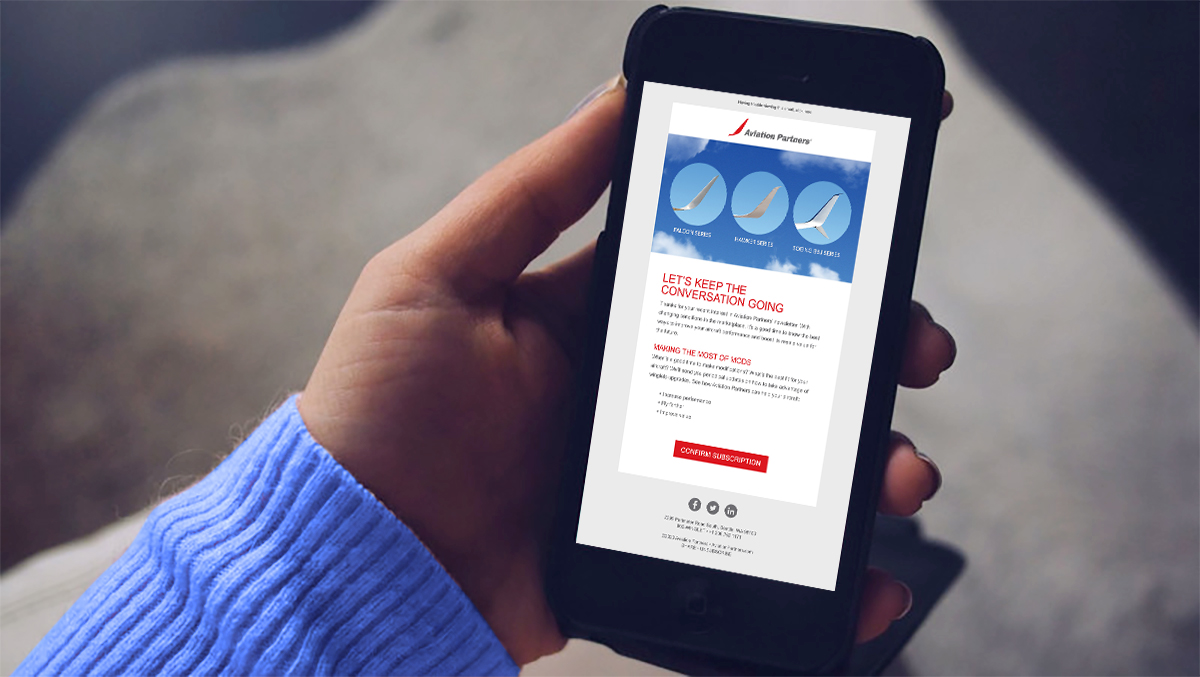Send More, But Better Emails
10.26.20 · Sonia Greteman
The ease and cost effectiveness of email campaigns led to their abuse, so we cannot fuse and fume too much about abiding by the much-needed regulations that rode to the rescue. Sure, rules can cramp our style, but they’re better than seeing our emails go straight to spam. Or worse. Getting ourselves blacklisted.
First, Why Do We Care?
All agree that while email campaigns are no longer the sexy new thing, they still offer an unrivaled way to connect. To keep people in the know. About changes they might otherwise miss. Or that the media doesn’t have the resources to cover. Email gives you the opportunity to tell your story, provide context and offer an easy way to provide feedback back to you. With email, you are talking to people who know you and have opted in to your content. They want to hear what you have to say. Email accounts continue to dwarf social media. Some stats show as much as three times the number of Facebook and Twitter accounts. Combined. The advantage really shifts in email’s favor when you look at who sees your content. If you have a clean, updated email list, at least 90% of the intended inboxes receive your message. In contrast, as few as 2% of your Facebook followers see your posts in their feeds. Why? Facebook limits the number of times your posts appear in the news feed so you’ll have to resort to paid or sponsored posts. You can boost the number of followers who see your posts, but it will cost you.

Conversion Metrics That Matter
Email helps you make data-driven decisions. In short, email lets you track effectiveness. In addition to seeing who opens the email, you can see how they interact with its content. Typically, your goal will be to drive them to content on your website. Using UTM tracking codes with a URL builder lets you monitor such conversion metrics as watching an instructional video, reading a case study, downloading a whitepaper, signing up for your news or adding a product to a cart.
Protect Your IP Reputation
Email campaigns have been affected by the EU’s General Data Protection Regulation (GDPR) and the California Consumer Privacy Act. Both went into effect in 2018 in an effort to protect data and privacy. Worries about warnings and fines for noncompliance have eased as marketers better understand the guidelines and have stopped overreacting to them. Remember the deluge of GDPR notices urging people to opt-in, saying previously obtained consent was no longer valid? Today, most marketers feel that if someone opens your email and takes an action, such as clicking on a link, that is tacit permission for you to reach out to that individual again. So build clean, targeted lists. Scrub invalid addresses. Segment based on specific messages.

Moving People Closer
Email is an important tool in your customer relationship management (CRM). It helps move people through the sales funnel from awareness to consideration to research to purchase. The ultimate goal – loyalty. While your website serves as your best brand ambassador, traffic doesn’t just appear. You need to drive it there. Email can heighten awareness about the solutions you uniquely bring and marshal leads to your site for more information. Once there, hopefully you can present answers to their questions, form trust and convince them your solution may be the best (provided it is). In B2B-dominant industries such as aviation, purchase doesn’t happen until the lead reaches out and connects with you. The real magic happens here with discussions of their pain points and how you can make those go away. In a complex world, sales is very much a process of simplification. You can do it.
